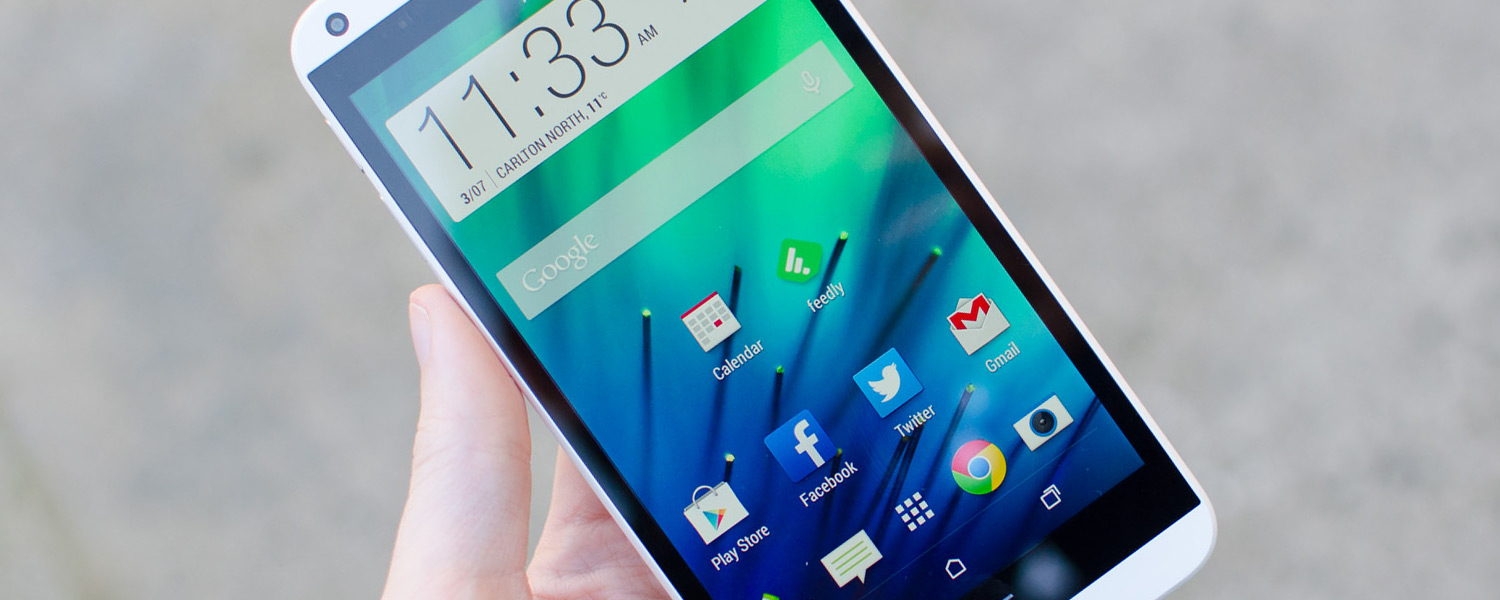Performance: ARM-Based Snapdragon 400
The HTC Desire 816 is powered by a Qualcomm Snapdragon 400 SoC, similar to what was found in last year's HTC One Mini as well as the Motorola Moto G.
When the HTC One Mini launched, it was stuck between fitting into the mid- and high-end segments. The choice to use a Snapdragon 400 in a nearly-$500 smartphone left it feeling a little underpowered and underwhelming for the price point. However with the Desire 816 costing over $150 less than the One Mini at launch, it's much more suited to Qualcomm's mid-range SoC.
The actual Snapdragon 400 model, the MSM8228, isn't one I've used in a smartphone before. It's most similar to the MSM8226 found in the Moto G in that it uses ARM Cortex-A7 CPU cores, as opposed to Qualcomm's custom Krait cores that were used in the HTC One Mini's MSM8930.
There are four Cortex-A7s in the MSM8228 clocked between 300 MHz and 1.6 GHz, making it the fastest arrangement of ARM cores in a Snapdragon 400 SoC. Performance from the quad-core CPU should be comparable to, if not faster than the dual-core Krait 300 CPU in the MSM8930, at least on paper. Like all Snapdragon 400 chips, the MSM8228 is produced using 28nm LP technology.
The quad-core CPU is paired with an Adreno 305 GPU clocked at up to 450 MHz, as well as a single-channel 32-bit LPDDR2 memory interface at 533 MHz, and a 1080p video encoding/decoding block. The Desire 816 has 1.5 GB of RAM, as well as 8 GB of internal NAND that can be expanded upon by inserting a microSD card.
Connectivity-wise there's an integrated LTE modem supporting speeds up to 150 Mbps, as well as single-band Wi-Fi 802.11b/g/n, Bluetooth 4.0, HSPA+, 2G and IZat Gen8A GPS+GLONASS. Unlike HTC's higher-end products, there's no NFC in the Desire 816.
Around the operating system in general, the Desire 816 performs just as well as HTC's flagship products. The interface is usually buttery smooth, and the times where you notice a dip in performance are few and far between. Loading apps is quick and responsive for a mid-range product, and while it can't match the Snapdragon 800 in providing an instantaneous feel, there's no reason to be unsatisfied with the Desire 816.
The Adreno 305 has always been very capable at rendering Android games at 720p, and it's no exception in the Desire 816. I tried out a few of my favourites and all of them ran fine, easily reaching playable frame rates and often hitting 60 FPS. For example, Dead Trigger 2 performs very well on High settings, despite the mid-range GPU.
Unlike the One M8, the Desire 816 does not cheat on benchmarks. It looks like HTC has heard the voices of the reviewers and has cut out the pointless practice; enough said.



In our browser benchmarks, the Desire 816 actually outperformed the HTC One on two occasions, falling behind in Kraken. The extra clock speed across the Cortex-A7 CPU cores also sees the Desire 816 outperform the Motorola Moto G.


Vellamo shows the Desire 816 performing better than the Samsung Galaxy S3, but below the HTC One by a margin of 11%.



As the GPUs in both the Moto G and Desire 816 are the same unit with the same clock speeds, rendering to the same resolution display, it's not surprising to see them produce the same results in our graphics benchmarks.



The performance displayed from the HTC Desire 816's internal NAND is very good, matching flagship handsets in sequential read and write, but falling slightly behind in random read/write speeds.
No review of an HTC handset would be complete without mentioning the BoomSound speakers found on the front of the device. The speakers on the Desire 816 are just as loud as those found on the HTC One M8, but the quality isn't quite as balanced when listening to music. Even if the Desire 816 isn't at the same quality level as the One M8, it's leagues ahead of other competing smartphones.


